what material is that screen used?
It is steel perf plate. You get to choose the hole size and placement. About $8 for a square foot.
A couple things keep coming up about induction. Yes, you need ferric metal in order to get hot. But cookware manufacturers are coming up with some new ideas. They now have aluminum pans that have a pattern of steel plugs in the bottom. The plugs heat up and transfer heat to the pan. I don't know if they are as efficient, but would certainly be lighter than some of the cast iron I use.
The brand stove I bought is Furrion, which claimed to be made to handle vibration in an RV. Since the stoves seem to be all solid state, I don't know how much of that is puffery. I got mine for a great price, but there has been a price drop since and $150 now seem a fairly common price. Some come with fewer controls, some more. The "temperature" setting doesn't react fast enough to make the use simple. If you need to simmer something, one would think that a 180F setting would be perfect. But the unit seems to sense temp too slowly. It will boil fairly hard before settling down to 180F. Then once it drops below 180, it will come back on with too much power, boil a bit, then settle down. A really big pot might help, but the temp hold settings are not more useful than the simple power settings.
The timer setting seems to be a great idea for a boat. Think of having a microwave without a timer feature. I use the timer almost everytime I use the stovetop. As I noted before, the power settings, at least on mine, tend to be too high. Maybe a bigger pot (for more people) would help. I have 10 settings and use the first 5. I would prefer more low settings. Still, induction is better than other choices for a boat or home.
As to cookware choices, having detachable handles is not as good as having no handles. Handles on pans are basically required when you are using gas or propane (open flame) and have lots of wasted heat coming around the sides of the pan. Same with electric resistance or a wood stove where even with the long handle you might still need a hot pad. Not so with induction. You only need pots (loop side handles) rather than pans (single long handle). Saves space without paying a boating premium for detachable handles. There is even such a thing as a "frying pot" (can't remember the fancy French name) without a long handle. Arguably, the French can make anything difficult, but not having a long handle isn't that difficult and isn't required with induction.

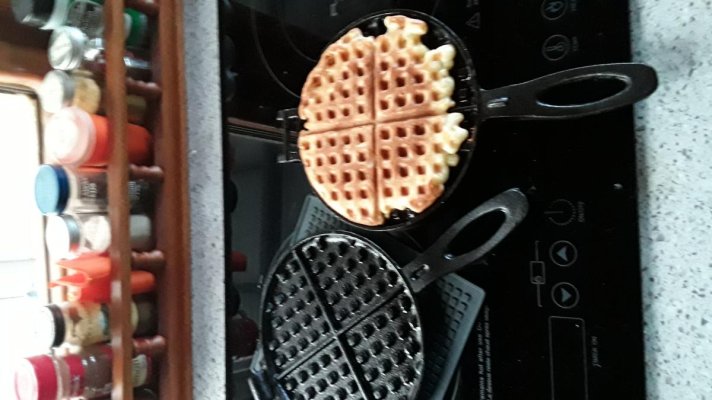

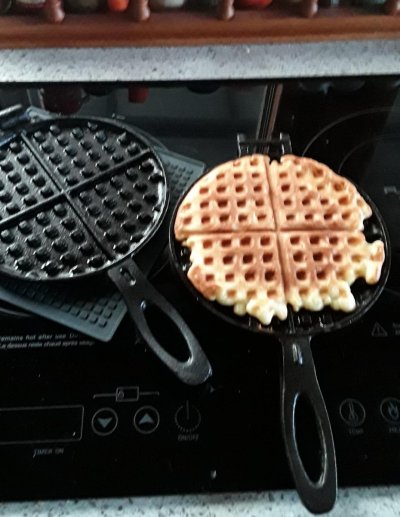

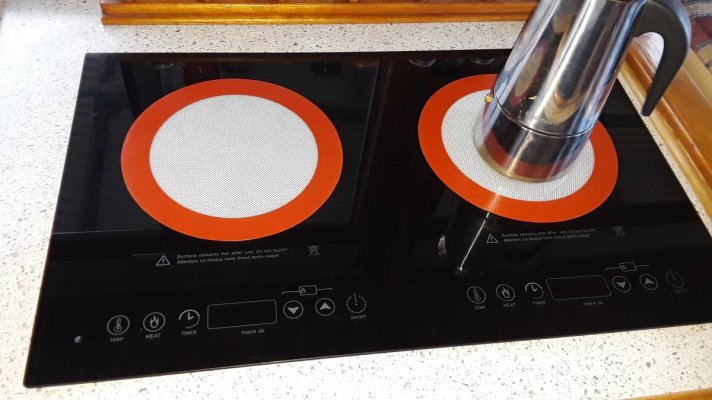
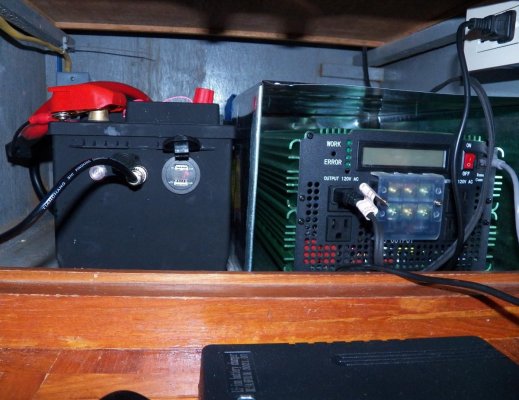
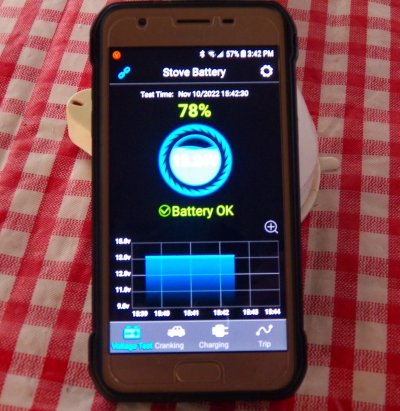
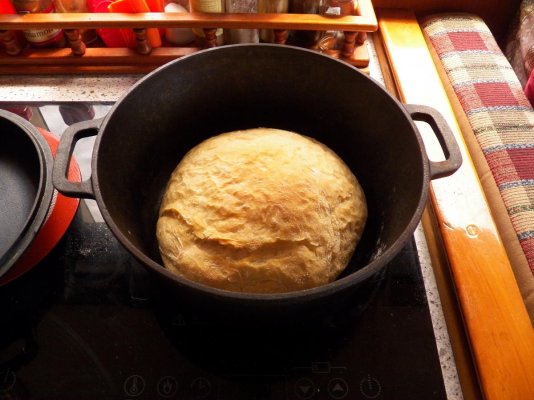
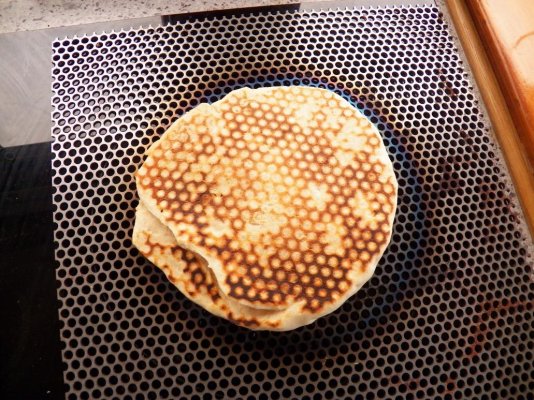
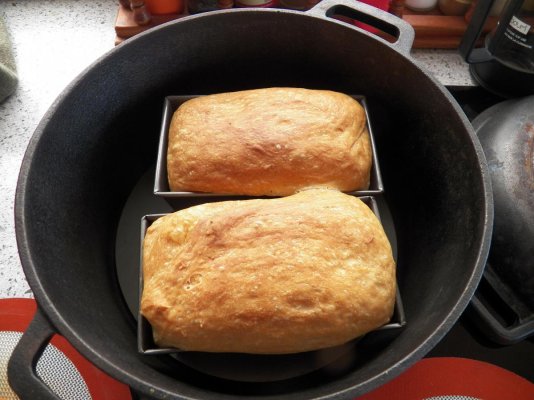
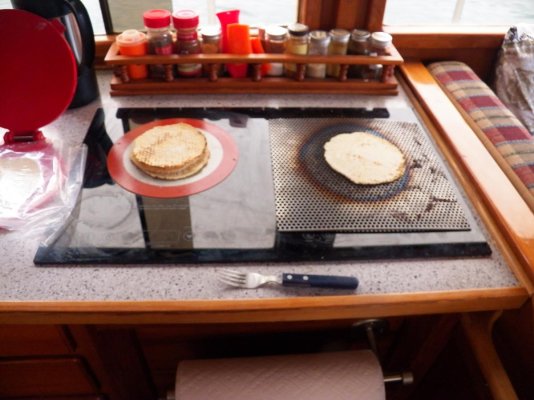
 Which was unexpected to say the least. Once a bit more heat was used no sticking. And of course the cooktop heated up very, very fast.
Which was unexpected to say the least. Once a bit more heat was used no sticking. And of course the cooktop heated up very, very fast. 